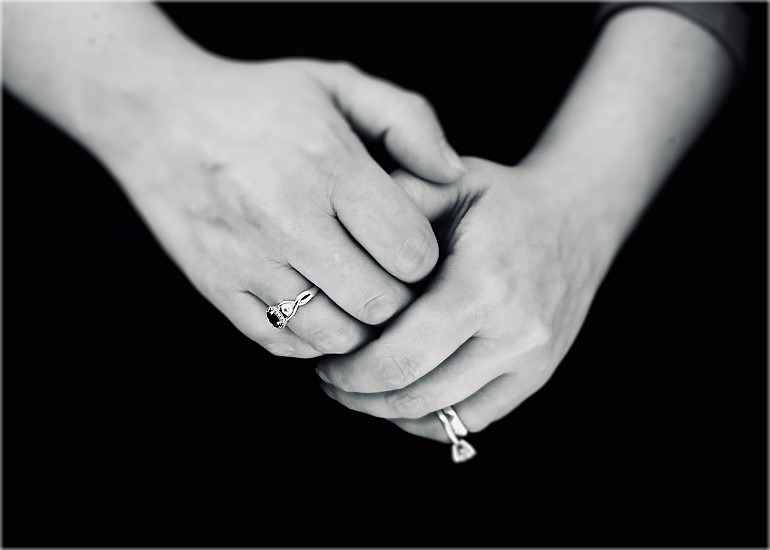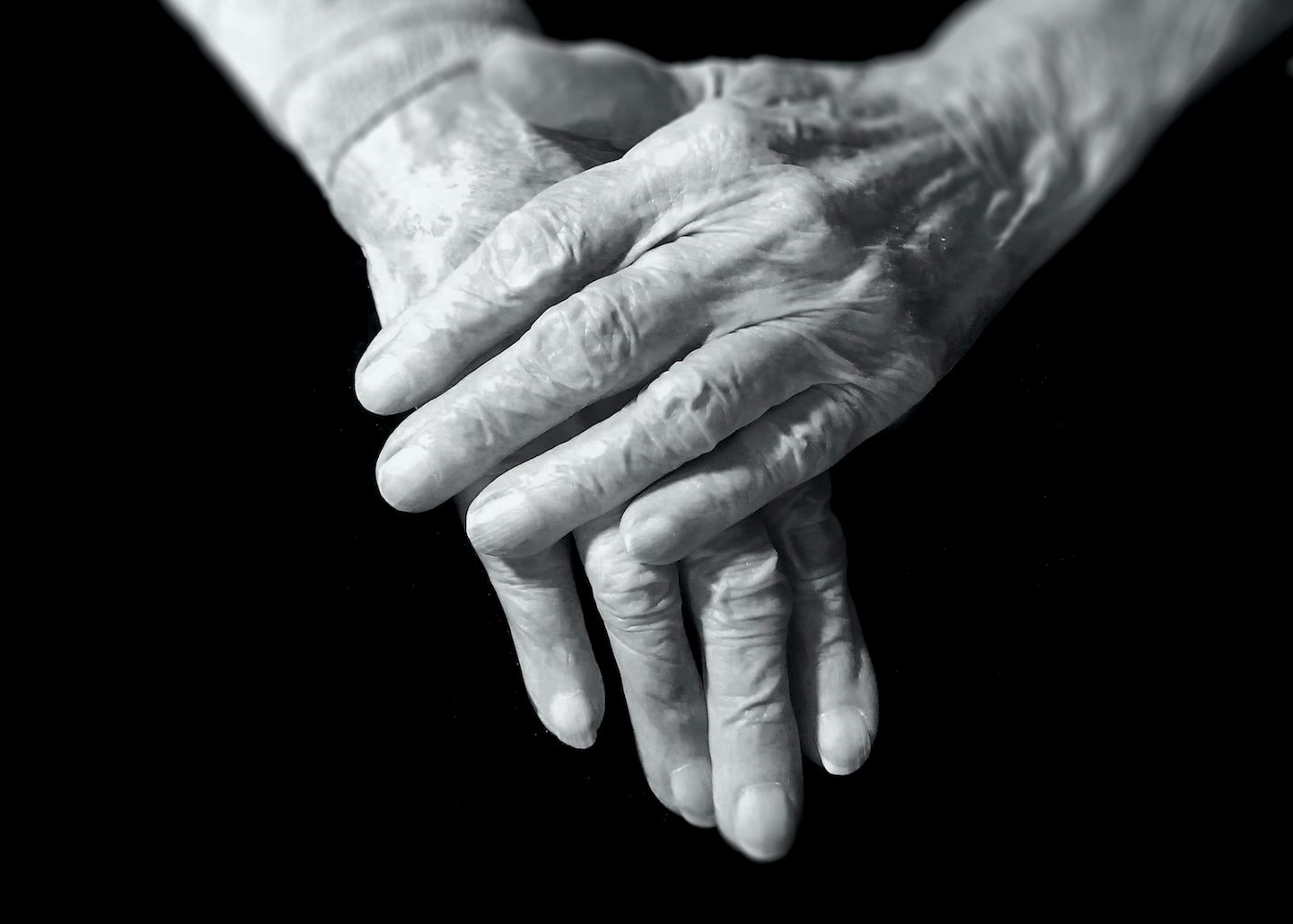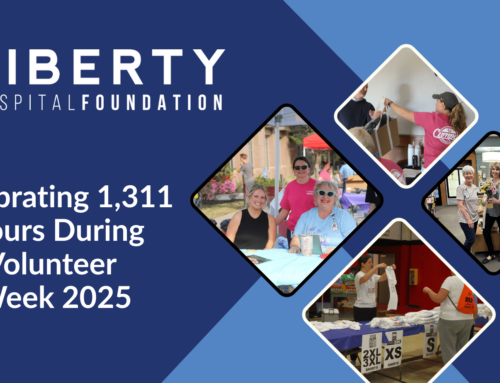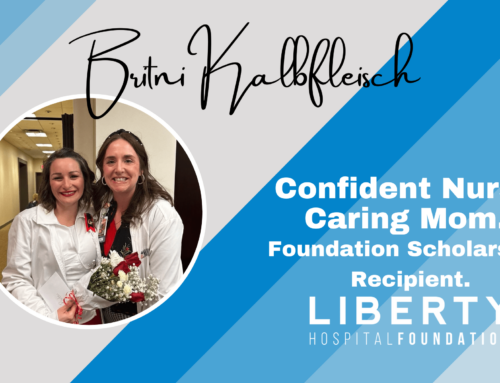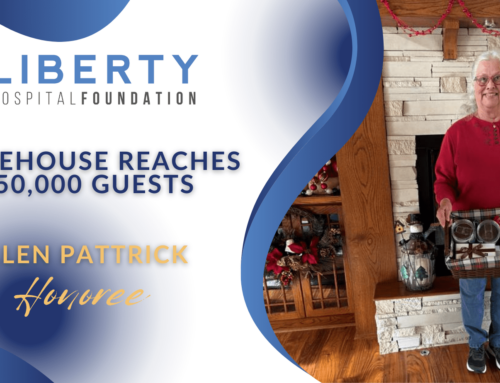Contributed by: Scott Rash, MDiv. BCC | Liberty Hospital Hospice Chaplain
There is an old Jewish proverb that goes like this: “Question, What is truer than the truth? Answer, The story.”
Hospice is about the story. It is an evidence-based model of care that treats the person rather than the disease. When it is done well, hospice care resembles something more like poetry than a math problem. As you can imagine, patients appreciate this model. As do their families.
In an effort to honor each patient’s unique story, Liberty Hospital Hospice has started photographing patients’ hands (with their permission) and then providing the patient and family with a portrait quality, framed photograph. So far, the response has been surprising. Human hands, it turns out, are unique storytellers.
Eleanor was a telephone operator for Mountain Bell in the 1970s and 80s. Her hands were the behind-the-scenes magic that helped us reach the unreachable and connect with the seemingly un-connectable. She did it with all the grace and professionalism that we would expect from our operators (suspend your Lilly Tomlin stereotype). And does she ever have stories to tell! Would you believe that some people are actually rude over the phone?
But, Eleanor is more than a telephone operator, and five minutes with her in the apartment she occupies in the basement of her daughter’s Liberty home will make that immediately evident. “These hands washed a lot of dishes,” Eleanor says when setting up to have her hands photographed. She says this with both pride and humor while holding her hands up as the fine specimens they are of this very fact. Having made her point, she smiles and places them gently back in her lap for the photograph.
The purpose of this project is to provide the family with a kind of visual memoir, something beautiful, creative and artistic, and that will spark memories of their loved one in a way that perhaps a traditional headshot portrait might not capture.
Erin, a young mother of two, was not having a very good day when she and her family agreed to have her hands photographed. The remarkable youth inhabiting Erin’s hands stands in contrast to those of someone like Eleanor who is close to twice her age. If wrinkles tell the story of years of dishwashing and long distance connections, the vibrance of Erin’s hands illustrate the heartache of someone who has died far too young.
The photo project—a joint venture between the hospice and Liberty Hospital Foundation—is part of Liberty Hospital Hospice’s Legacy program, which seeks to honor the story and legacy of each patient in a way that might resonate with their family and those who know them best. If anything, it communicates to the patient and to their family that LH Hospice values the person and their contribution to the world.
Hospice isn’t unique to other medical disciplines or specialties in its focus on the person. And yet, hospice offers care in a setting that is as close to a home environment as possible. As a result, it has the unique opportunity to leverage that care in a way that honors story. Hospice is, by definition, a human-centered approach to care.1 And humans come with a story, one that Liberty Hospital Hospice enjoys learning about and honoring.
Dorman worked for GM for over thirty years. He probably built the truck that drove you to your first prom. Truth be told, he probably built the car that took your mom to the hospital to give you birth. I suppose there’s no way of knowing if that’s really true or not. But, if you take a look at his hands, you may be able to imagine not only the shape of his story, but also the impact his story has had on the shape of the world in which you live.
1 https://hospicefoundation.org/Hospice-Care/Hospice-Services

